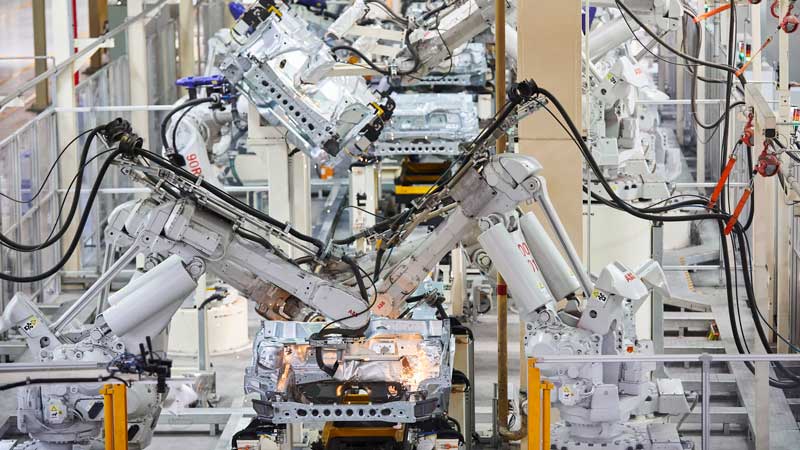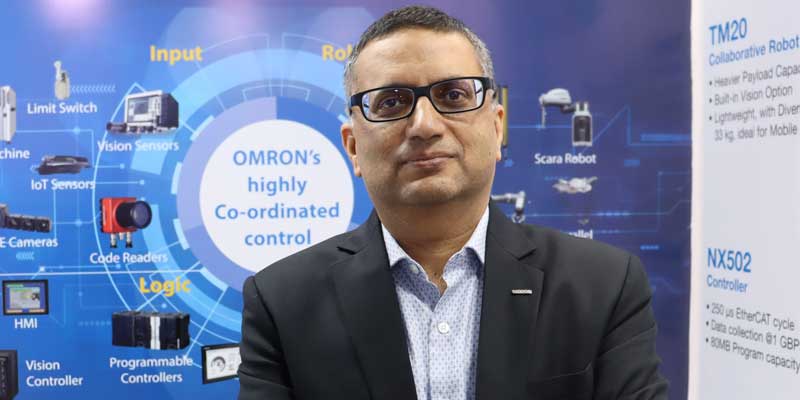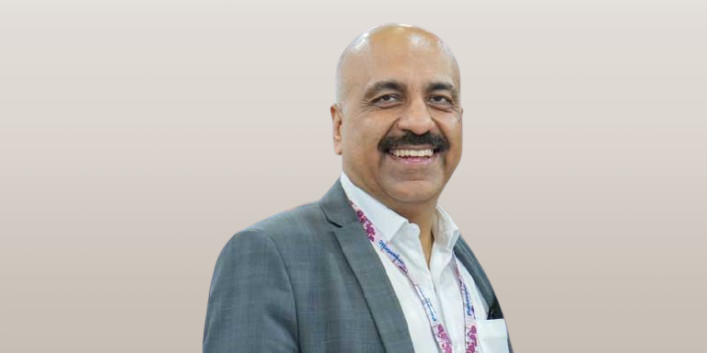Schedule a Call Back
India: An emerging manufacturing hub
 Articles
Articles- Apr 12,24

Figure 1: Sectoral Contribution to GDP, India
Source: Statista
If we look at the contribution of the manufacturing sector alone (Figure 2), it would be around 14 per cent to 16 per cent in the same period.
Figure 2: Percentage contribution of manufacturing in the GDP of India
Source: Statistics Times
These data indicate that manufacturing is not the most important sector in India, neither in the past nor at present. However, the contribution of about $ 1.2 trillion plus in the year 2023 from the industry sector, which includes manufacturing too, is significant. Two years back, the automobile industry in India set itself a target to contribute $ 1 trillion to the GDP, by 2025. The auto contribution to manufacturing is 50%, and, so, the industry contribution would need to be about $ 3.2 trillion, which would mean a GDP of around 9 trillion. Not possible by 2025, but a goal worth trying for. Reminds one of the BHAG’s, of Jim Collins fame.
There has been much action in the manufacturing industry in India in the last few years. One indicator of that is the earnings from exports.
Table 1: Earnings from exports
| 2022 | 2017 | |
Value (in $ million) | Value (in $ million) | Growth (in %) | |
9,597.94 | 3,223.05 | 198 | |
27,502.75 | 14,100.58 | 95 | |
26,573.97 | 8,232.02 | 223 | |
21,256.87 | 14,950.08 | 42 | |
98,472.28 | 32,435.65 | 204 | |
21,876.53 | 11,688.52 | 87 | |
19,799.95 | 12,930.48 | 53 | |
7,966.17 | 3,249.08 | 145 | |
6,942.55 | 6,611.05 | 5 | |
8,473.39 | 8,223.74 | 3 | |
6,020.98 | 4,705.34 | 28 | |
39,274.61 | 43,623.16 | -10 | |
Iron and steel | 15,198.28 | 8,682.99 | 42 |
Iron or steel articles | 9,898.01 | 5,916.09 | 67 |
6,771.67 | 5,501.05 | 23 | |
14,087.76 | 6,012.95 | 134 |
A 68% growth at the aggregate level is, over 5 years, is indicative of the seriousness with which the government of India has been pursuing the policy of becoming a manufacturing powerhouse of the world. No doubt, it is an ambition which is worth having, but one needs to work at it for a few more years, to reap the fruits.
The sectors which are expected to drive India’s ambitions include: chip manufacturing, EV batteries, EV Cars and Commercial vehicles, defence equipment, defence mobiles like tanks, trucks, ships, etc.; mobile phones, electric power plants, solar power generators, textiles, food processing, metals and minerals, commercial aircraft parts, and white goods.
Returning to the question or the proposition: India is/ will be a powerhouse of manufacturing in the world. It is nowhere near that now. It will not be there even in the next five to ten years. But beyond that, it can surely hope to be one. PM Modi has, in a recent statement, said that so far, it has been only a trailer, the real one is yet to start. Hopefully, after he re-assumes power after his victory in 2024, we will see a new India, which will be quite different from what we have been used to. And the word ‘Powerhouse’ may come to apply to many of the fields in which the country will soon be active in.
About the author:
R Jayaraman is the Head, Capstone Projects, at Bhavan's S P Jain Institute of Management & Research (SPJIMR). He has worked in several capacities, including Tata Steel, for over 30 years. He has authored over 60 papers in academic and techno economic journals in India and abroad. Jayaraman is a qualified and trained Malcolm Baldrige and EFQM Business Model Lead Assessor.
Related Stories

Quest to increase efficiency in manufacturing driving robots demand in India
With 59 per cent increase in robot installation in 2023, India has emerged as one of the strongest growing markets. Many believes robots will be central to achieving India’s ambition of becoming a..
Read more
AI and ML are opening new vistas in robotics: Sameer Gandhi
In this interview with Rakesh Rao, Sameer Gandhi, MD, OMRON Automation, India, analyses India’s robot market and provides tips to companies to prepare their employees for automated working environ..
Read more
Robotics market in India is experiencing significant growth: Bir Singh
In this interview with Rakesh Rao, Bir Singh, Co-Founder & Chief Business Officer, Addverb Technologies, highlights how Indian manufacturers are streamlining their manufacturing processes by adoptin..
Read more









